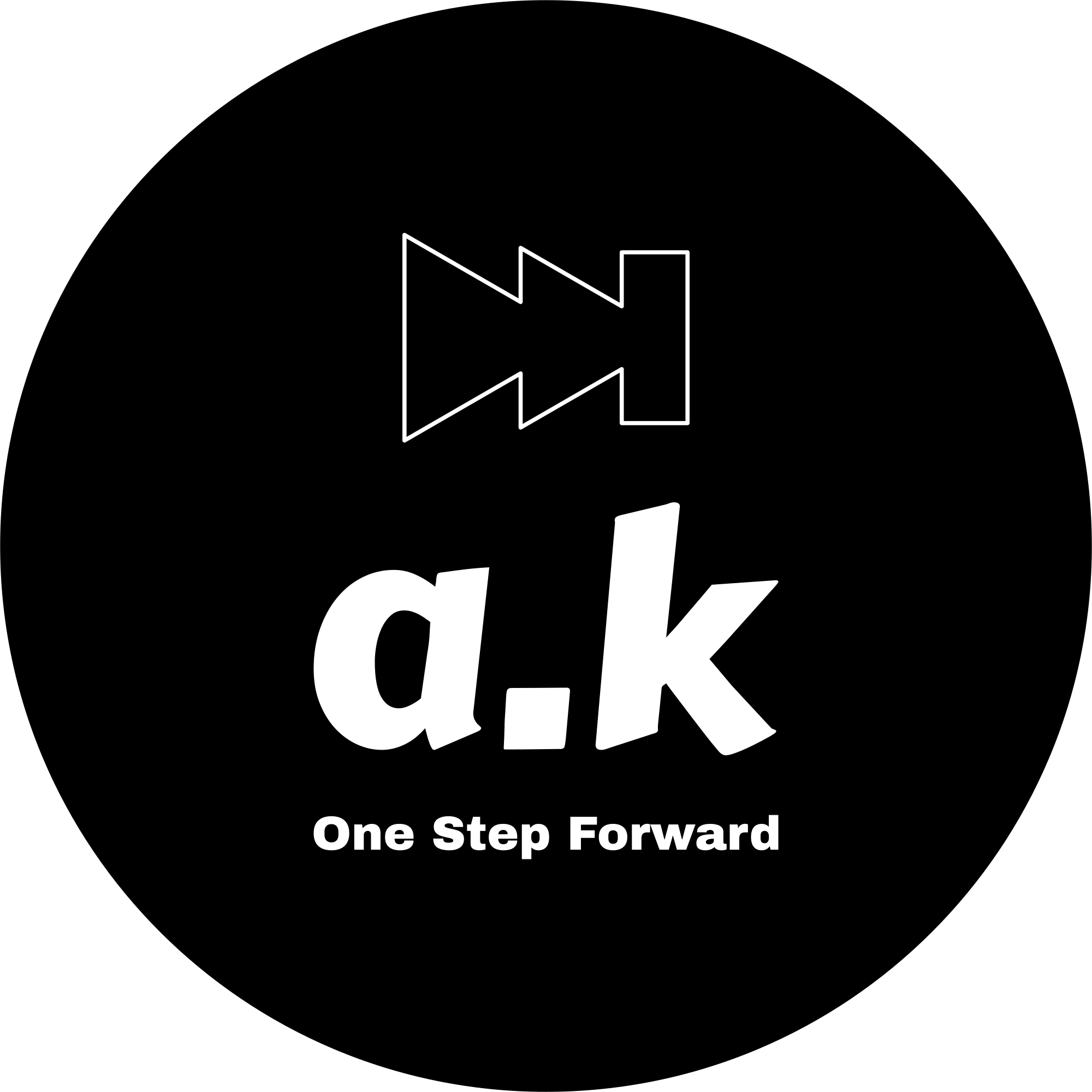Update:
Since the time of writing this article, we came to know about ArgoCD ApplicationSet Controller and are trying that out.
It’s under POC stage right now. I will update here when that’s get implemented in production. (:
- ApplicationSet Controller is the recommended way of app management.
- This article is not about ApplicationSet Controller. Documenting it here because it was a fun learning experience.
I was introduced to ArgoCD back in September 2022. Fell in love with it right away. Amazing tool (Checkout ArgoCD if you haven’t). Initially, everytime a new service deployment came, I would go to the UI and add the service manually. This got out of hand really quickly. To handle this I wrote an Ansible playbook to do the addition for me. The playbook more or less looked like this:
#
# About: This playbook will create app for ArgoCD
# Extra Variables:
# required variables
# argo_chart e.g. "nginx"
#
# optional variables
# argo_ns e.g. "apps" eks cluster namespace where app will be installed.
# argo_app_name e.g. "nginx-tier0" name that your would see in ArgoCD UI. if not given, name is calculated using chart name and tier
# argo_tier e.g. "tier0" tier file for deployment. defaults to tier0.
# repo_id e.g. "helmcharts" this will the key id in global vars file. defaults to helmcharts
# cluster_url e.g. "kubernetes.default.svc"
# revision_limit e.g. "5" defaults to 1
# app_branch e.g. "main" branch name for the helm chart repo, defaults to main
# sync_policy e.g. "none" defaults to automated. this is how the app syncing will be done. If automated, then synced automatically.
# argo_project e.g. "default" default argocd project where apps will be created. defaults to default
---
- hosts: eks-controller-box
become: true
roles:
- role: create-argocd-app
where the create-argocd-app ansible role would just run an extended version of argocd command and the app would appear in the UI.
I put this workflow behind Jenkins, reading the arguments and then passing them to Jenkins’ exec statement. This is working and will continue to work without any issue for entirety of our setup. But somehow this didn’t feel like a proper GitOps way of getting things done. And this would bother me all the time. Finally, I decided to do something about it.
A quick google search to solve this problem took me to ArgoCD Cluster Bootstrapping. This article is about that.
The idea was pretty straight forward. I just had to create a helm chart, where all templates would have to be of kind: Application. I created a new Git repository, argocd-apps-bootstrap, and this was the directory structure:
~/argocd-apps-bootstrap$ tree
.
├── README.md
├── apps
│ ├── infra
│ │ ├── Chart.yaml
│ │ ├── configs
│ │ │ └── dev.yaml
│ │ ├── templates
│ │ │ └── echoserver.yaml
│ │ └── values.yaml
│ └── platform
│ ├── Chart.yaml
│ ├── configs
│ │ ├── dev.yaml
│ │ ├── prod.yaml
│ │ └── staging.yaml
│ ├── templates
│ │ └── core.yaml
│ └── values.yaml
└── configs
├── common
│ └── values.yaml
├── dev
│ └── values.yaml
├── prod
│ └── values.yaml
└── staging
└── values.yaml
12 directories, 15 files
~/argocd-apps-bootstrap$
Each file under repository’s root configs directory would contain values for variables. For example, ./configs/common/values.yaml would contain variables that would be common to all environments and all templates, so that I don’t have to redeclare them in each file:
~/argocd-apps-bootstrap$ cat ./configs/common/values.yaml
argocdNamespace: argocd
appNamesapce: apps
appProject: default
appServer: https://kubernetes.default.svc
appRevisionHistoryLimit: 2
appDefaultTier: tier0
~/argocd-apps-bootstrap$
and the files ./configs/<env-name>/values.yaml would contain value of variables that would be specific to that environment.
then files like ./apps/infra/configs/dev.yaml would contain template specific variables
~/argocd-apps-bootstrap$ cat apps/others/configs/dev.yaml
echoserver:
enabled: false
~/argocd-apps-bootstrap$
And then finally the template file itself will look something like this:
{{- if .Values.echoserver.enabled }}
apiVersion: argoproj.io/v1alpha1
kind: Application
metadata:
name: echoserver-{{.Values.echoserver.tier | default .Values.appDefaultTier }}
namespace: {{ .Values.argocdNamespace }}
{{- with .Values.echoserver.annotations }}
annotations:
{{- toYaml . | nindent 4 }}
{{- end }}
finalizers:
- resources-finalizer.argocd.argoproj.io
spec:
destination:
namespace: {{ .Values.appNamesapce }}
server: {{ .Values.appServer | squote }}
project: {{ .Values.appProject }}
revisionHistoryLimit: {{ .Values.appRevisionHistoryLimit }}
source:
helm:
valueFiles:
- ./environments/{{.Values.envName}}/{{.Values.echoserver.tier | default .Values.appDefaultTier }}/values.yaml
- ./environments/{{.Values.envName}}/{{.Values.echoserver.tier | default .Values.appDefaultTier }}/images.yaml
path: charts/echoserver
repoURL: 'git@<some-git-repo-url-where-your-actual-helm-charts-are>/helm-charts.git'
targetRevision: {{ .Values.echoserver.repoBranch }}
syncPolicy:
automated:
selfHeal: true
prune: true
{{- end }}
In this above block, the lines under valueFiles are referring to the files present under source of the helm chart repository git@<some-git-repo-url-where-your-actual-helm-charts-are>/helm-charts.git and not under this app bootstrap repository.
Once all these are done and commited to git repository, I simply added one app using ArgoCD ui, whose eventual manifest would look like this:
project: default
source:
repoURL: 'git@<git-repo-url>/argocd-apps-bootstrap.git'
path: apps/infra
targetRevision: main
helm:
valueFiles:
- ../../configs/common/values.yaml
- ../../configs/dev/values.yaml
- ./configs/dev.yaml
destination:
server: 'https://kubernetes.default.svc'
syncPolicy:
automated:
prune: true
selfHeal: true
That’s it. From next time onwards, I just have to add files in this argocd-apps-bootstrap under their respective template folder. ArgoCD will sync the repo and do the rest for me. All I have to do now is add a file, raise a Merge Request and get it merged.
This whole setup has been working really well for us. Now, we don’t need to run any Jenkins job. GitOps all the way.
Until next time. Peace ✌️!

